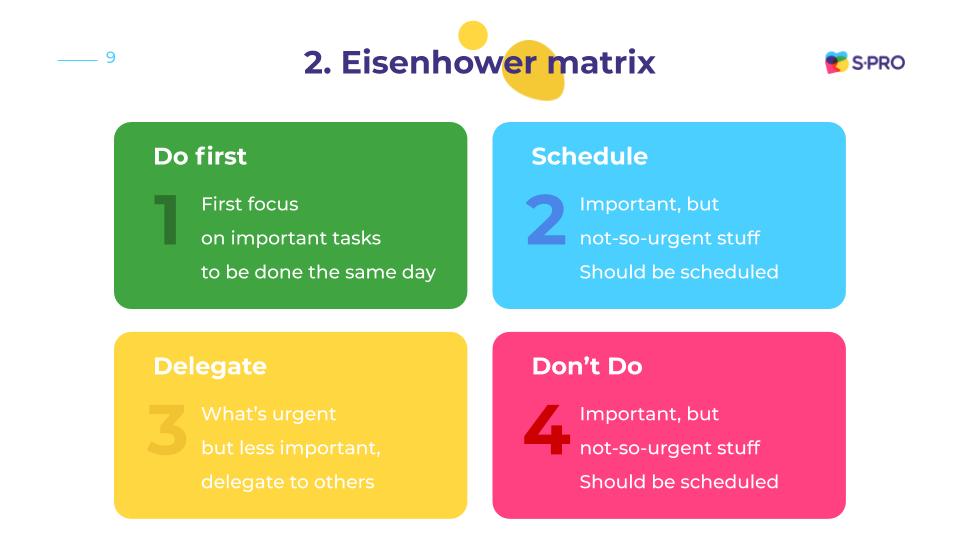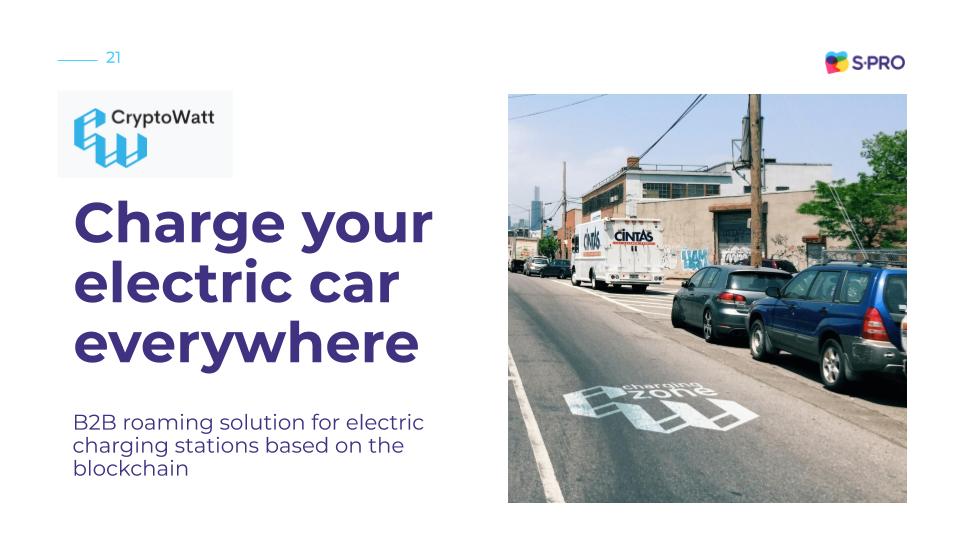
On the 20th of May, the S-PRO C-level in partnership with InnMind hosted an online webinar to discuss the main challenges startup founders face when they look for an outsourced partner to hire. Our experts discussed the main pain points on the example of S-PRO company:
- What difficulties startup founders experience in choosing the development team;
- What defines a bad or good technical partner;
- How to reduce the cost of services;
- What should be included in the total price.
The central topics of the webinar:
- Getting certain results for uncertain tasks. Devil in details;
- Choosing the tech stack without taking into account the product’s scalability;
- Where is the business value;
- Project development tracking. How not to become a hostage of the development process;
- How to choose a software vendor based on price tags.
Arseniy Burmistrov, the Head of Sales at S-PRO, considers that the main goal for every startup at the initial stage is to get the working product for their budget. All providers give different quotes and the difference lies in the scope of work that each company understands in its own way. To reduce the price and get expected results due to the deadline, a startup owner and the company should agree on the scope of work. We recommend using the Eisenhower matrix to prioritize product features:

- Green - the must-have features required by the customer;
- Blue - nice-to-have features (second priority);
- Yellow - features that don`t give any value for the customer but are necessary for normal product functioning;
- Pink - not necessary features.
Then, you take those features you listed in the green square and draw a user journey - a detailed flow of how the user navigates through your product. It may appear that one feature can be divided into several sub-features that also need to be implemented to use the product correctly. Thus, you can clearly see what features should be included in the workload.
When it comes to choosing outsourcing companies, the price is formed by combining the workload, expertise, services, and the brand. Arseniy is confident that there are no good or bad vendors, just those that fit or don`t fit your needs. He gives a detailed example from his banking experience to show how one startup`s needs can differ from another one. He recommends to always ask what is included and what is not in the final quote and reject the services you don't need (for example, maintenance, consultancy, design, etc).
Leonid Koloda, the CTO of the company, explained another important point, choosing the tech stack. The main problem for startup founders becomes not taking into account the scalability of the product. Choosing a tech stack, it’s better to select a homogeneous type when you use a single tech stack for the entire software development process. Thus, you have fewer human resources, clear business logic, and easy maintenance. It allows you to switch to microservices with the product scaling. Leonid presents the TCO (the total cost of ownership) scheme that can help you predict all spendings and be ready for them.
Igor Izraylevych, the CEO of the company, talked about the business value and explains why 95% of all startups fail. He provides his personal unsuccessful startup, named CryptoWatt, as an example and gives recommendations on how to avoid his mistakes.
“My personal suggestion to startup owners is to do a little home task with the business part of your product before developing it. Before you burn cash on the product that no one needs. When we started, we were not deep into this niche and that was our mistake.”

Missing the business value before starting the development may bring you to the same results: the startup will fail or critical rebuild solutions will be needed once you understand the problem. It is a typical mistake of all founders. Thus, don't forget that the development team can't determine the business value for you. You can use the help of a business analyst or project manager to support you in research and break down your vision into features and processes, but you need to develop it yourself.
Here are the main recommendations that will make your partnership with technical experts easier:
- Get reports from your project manager (daily or weekly);
- Track results based on versions or releases;
- Check the roadmap and demo every month;
- Get all accesses ( production environment, designs, code, documentation);
- Sign a Service Level Agreement;
- Make a switch if the agreement is violated.



